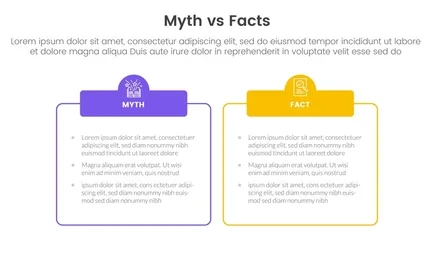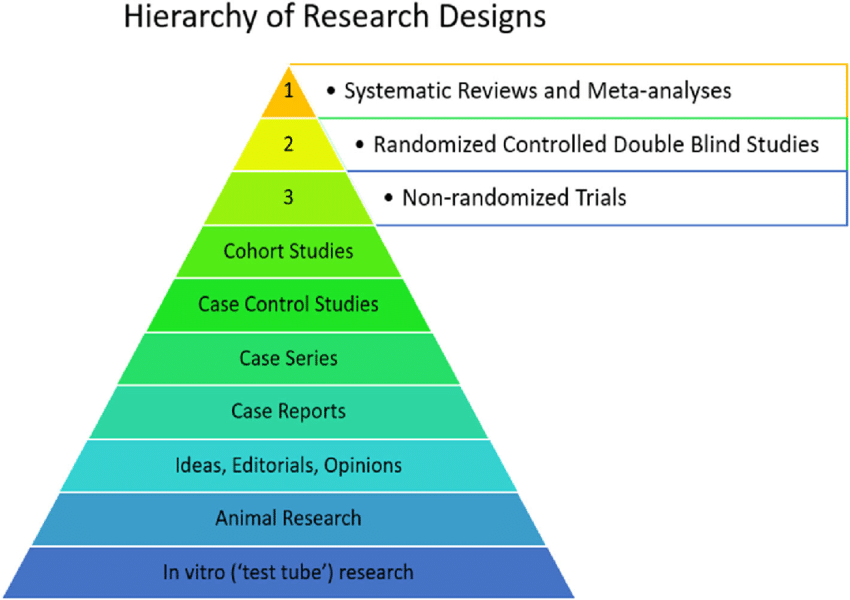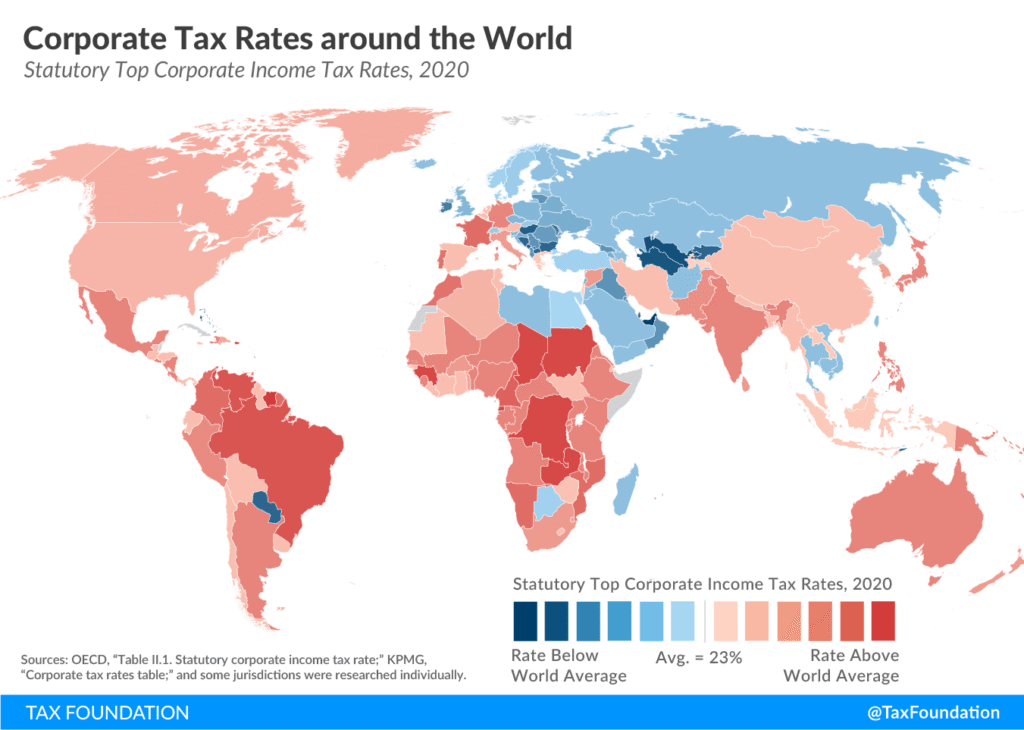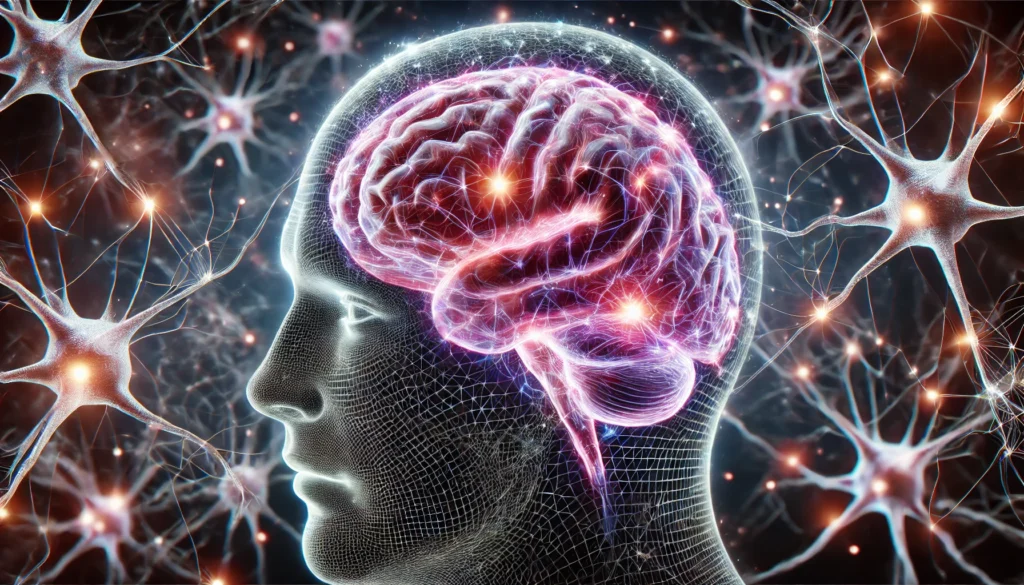Using verified data and expert sources to bust common internet myths in health, finance, politics, and science.
Introduction
In the age of the internet, information spreads faster than ever. Unfortunately, so does misinformation. Myths—ranging from harmless misunderstandings to potentially dangerous falsehoods—can proliferate rapidly, influencing opinions, behaviors, and even policies. At TrueReports, we believe that knowledge grounded in evidence and expert consensus is vital to navigate today’s information landscape.
This extensive article examines some of the most pervasive myths circulating online, particularly in health, finance, politics, and science. Drawing from reputable studies, government data, and authoritative experts, we separate fact from fiction and explain why these myths persist.

1. Health Myths: Separating Medical Fact from Fiction
1.1 Myth #1: Vaccines Cause Autism
The Claim: Some believe vaccines, especially the MMR vaccine, cause autism spectrum disorder (ASD).
The Reality: Multiple large-scale studies have repeatedly shown no causal link between vaccines and autism. The myth originated from a now-discredited 1998 study by Andrew Wakefield, which was retracted due to fraudulent data and ethical violations.
- Evidence: A 2019 meta-analysis published in Vaccine examined over 1.2 million children and found no increased risk of autism associated with vaccines.
- Expert Consensus: The CDC, WHO, and every major medical organization affirm vaccines’ safety.
Why the Myth Persists: Fear, misinformation, and distrust in pharmaceutical companies fuel vaccine hesitancy despite overwhelming scientific consensus.
1.2 Myth #2: You Need to Drink 8 Glasses of Water a Day
The Claim: The “8×8 rule” says everyone should drink eight 8-ounce glasses (about 2 liters) of water daily.
The Reality: Hydration needs vary by individual, climate, activity level, and diet. There is no scientific basis for this strict rule.
- Evidence: The National Academies of Sciences suggests an average daily water intake of about 3.7 liters for men and 2.7 liters for women from all sources, including food.
- Expert Opinion: Thirst is a reliable indicator of hydration for most people.
1.3 Myth #3: Sugar Causes Hyperactivity in Children
The Claim: Sugar consumption causes kids to become hyperactive.
The Reality: Controlled scientific studies find no consistent evidence linking sugar intake with hyperactivity.
- Study: A 1995 study in The New England Journal of Medicine showed no difference in behavior between children given sugar or placebo.
- Psychological Factors: Parental expectations and settings like parties may bias perceptions.

2. Finance Myths: Money Misconceptions That Cost You
2.1 Myth #4: Carrying Credit Card Debt Helps Your Credit Score
The Claim: Keeping a balance on your credit card improves your credit score.
The Reality: Carrying debt doesn’t improve credit and can hurt your score by increasing your credit utilization ratio.
- Data: Credit scoring models like FICO recommend keeping utilization below 30%. Paying off balances in full is best for credit health.
- Expert Advice: Use credit responsibly, not carry debt unnecessarily.
2.2 Myth #5: Renting Is Always Throwing Money Away
The Claim: Rent payments never build equity, so renting is always financially inferior to owning.
The Reality: Whether renting or buying is better depends on individual circumstances: market conditions, job stability, down payment capacity, and lifestyle preferences.
- Analysis: Studies by economists show renting can be smarter short-term, especially in volatile housing markets or for mobile lifestyles.
- Costs to Consider: Homeownership includes maintenance, taxes, and insurance.
2.3 Myth #6: You Should Always Max Out Your 401(k)
The Claim: Maxing out your 401(k) contributions every year is the best retirement strategy.
The Reality: While contributing is good, maxing out isn’t always optimal, especially if you have high-interest debt or lack emergency savings.
- Financial Planning Experts: Recommend a balanced approach—pay off debt, build savings, and invest—tailored to your situation.

3. Political Myths: Misinformation in the Public Sphere
3.1 Myth #7: The Popular Vote Doesn’t Matter in U.S. Presidential Elections
The Claim: The candidate who wins the popular vote loses the presidency.
The Reality: While this has happened in five elections, it’s a function of the Electoral College system rather than the popular vote being irrelevant.
- Data: In 2020, Joe Biden won both the popular vote and the electoral vote.
- Explanation: The Electoral College allocates votes by states; this can create discrepancies in close elections.
3.2 Myth #8: The Government Controls the Media
The Claim: The U.S. government directly controls mainstream media narratives.
The Reality: The media landscape is mostly privately owned with editorial independence, though corporate and political pressures can influence coverage.
- Fact-Checking: Organizations like FactCheck.org and PolitiFact monitor misinformation and bias.
- Diversity of Sources: Accessing varied media reduces risk of single-narrative exposure.
3.3 Myth #9: Taxes Are Too High in the U.S. Compared to Other Countries
The Claim: Americans pay the highest taxes in the world.
The Reality: The U.S. has moderate tax rates compared to many developed nations, especially on income and consumption.
- Data: OECD data shows U.S. tax revenue as a percentage of GDP is below the average for developed countries.
- Context: Social services and benefits funded by taxes vary widely.

4. Science Myths: Misunderstood Concepts and False Beliefs
4.1 Myth #10: Humans Only Use 10% of Their Brains
The Claim: Most people only use a small fraction of their brain capacity.
The Reality: Brain imaging studies show activity across almost the entire brain, even during rest.
- Neuroscientific Evidence: Damage to nearly any brain area affects function, disproving the 10% usage myth.
- Origins: The myth likely arose from misinterpretations or misrepresentations of early neuroscience.
4.2 Myth #11: Lightning Never Strikes the Same Place Twice
The Claim: Lightning is unlikely to strike the same place more than once.
The Reality: Lightning can and often does strike the same place repeatedly, especially tall structures.
- Examples: The Empire State Building is struck around 20-25 times per year.
- Scientific Explanation: Lightning follows the path of least resistance, regardless of previous strikes.
4.3 Myth #12: Vaccines Overload the Immune System
The Claim: Getting multiple vaccines at once overwhelms or weakens the immune system.
The Reality: The immune system handles thousands of challenges daily; vaccines use a tiny fraction of immune capacity.
- Scientific Consensus: Vaccination schedules are designed to maximize protection and minimize risk.
- Studies: No evidence that multiple vaccines cause immune overload.

5. Why Do Myths Persist?
- Cognitive Biases: Confirmation bias leads people to accept information that fits preexisting beliefs.
- Echo Chambers: Social media algorithms reinforce views by showing like-minded content.
- Complexity of Science: Scientific concepts can be difficult to communicate clearly.
- Distrust in Authorities: Skepticism toward governments, corporations, and experts fuels alternative explanations.
6. How to Spot and Avoid Misinformation
6.1 Check the Source
Is the information from a reputable, expert-backed source? Look for citations and transparent methodologies.
6.2 Verify with Fact-Checking Sites
Use independent fact-checkers like Snopes, FactCheck.org, or PolitiFact.
6.3 Be Skeptical of Viral Claims
Extraordinary claims require extraordinary evidence.
6.4 Understand the Science
Seek summaries from trusted scientific organizations or peer-reviewed studies.

7. Conclusion
The internet is a powerful tool for knowledge, but also a fertile ground for myths and misinformation. By critically assessing claims, seeking out expert sources, and embracing evidence-based thinking, you can avoid falling prey to falsehoods that cloud judgment and decision-making.
At TrueReports, we are committed to delivering fact-checked, trustworthy content to help you navigate today’s complex information environment. Stay curious, stay skeptical, and always seek the truth.
Appendix: Trusted Resources for Fact-Checking
- Centers for Disease Control and Prevention (CDC) – https://www.cdc.gov/
- National Institutes of Health (NIH) – https://www.nih.gov/
- Federal Trade Commission (FTC) – https://www.ftc.gov/
- FactCheck.org – https://www.factcheck.org/
- Snopes – https://www.snopes.com/
- PolitiFact – https://www.politifact.com/
- National Science Foundation – https://www.nsf.gov/
- OECD Statistics – https://stats.oecd.org/

